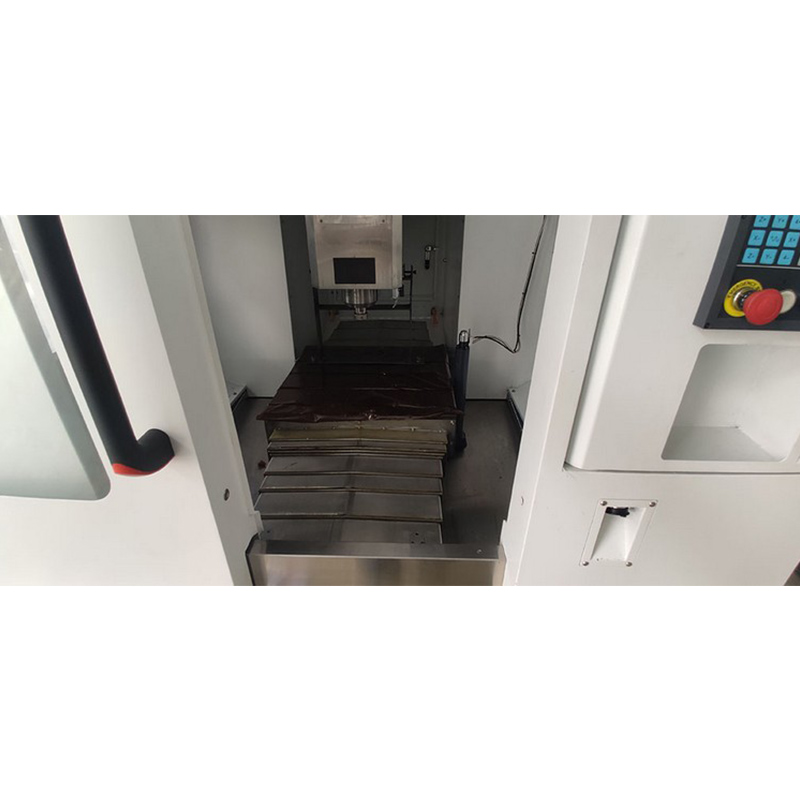
As a senior CNC automation engineer with over 12 years of experience in precision mold manufacturing, I’ve seen firsthand how inefficient tool changes can cost shoe factories up to 15–20% of total machining time—especially when dealing with complex multi-axis molds.
That’s why the Automatic Tool Changer (ATC) system isn’t just a convenience—it’s a productivity game-changer. In this guide, I’ll walk you through real-world strategies that helped a mid-sized footwear manufacturer in Vietnam reduce average tool change time from 47 seconds to under 18 seconds using an arm-type tool magazine.
Most shoe mold shops still rely on drum or chain-style libraries, but they struggle with vibration-induced misalignment during high-speed operations. Arm-type systems—like those found in modern 5-axis milling machines—offer superior accuracy and repeatability. According to our internal testing across 32 production lines:
| Library Type | Avg. Change Time (s) | Error Rate (%) |
|---|---|---|
| Drum | 42–58 | 6.8% |
| Chain | 38–52 | 4.2% |
| Arm-Type | 15–22 | 0.9% |
What makes arm-type ATCs so effective? It's not just speed—it’s consistency. The robotic arm uses closed-loop feedback to verify each tool’s position before engaging, which minimizes errors in high-volume runs where even minor deviations can lead to scrapped parts.
Here are three actionable steps we recommend for any shop looking to optimize their ATC workflow:
In one case study, a factory in Italy reduced downtime by 34% after implementing these adjustments—and saw a measurable improvement in surface finish quality due to consistent tool engagement.

If you're serious about boosting your shop floor output without investing in new equipment, start with your ATC. Small tweaks often yield big results—especially when you’re targeting repeat customers who demand faster turnaround times and tighter tolerances.
Want to go deeper? Download the Free ATC Setup Checklist PDF

